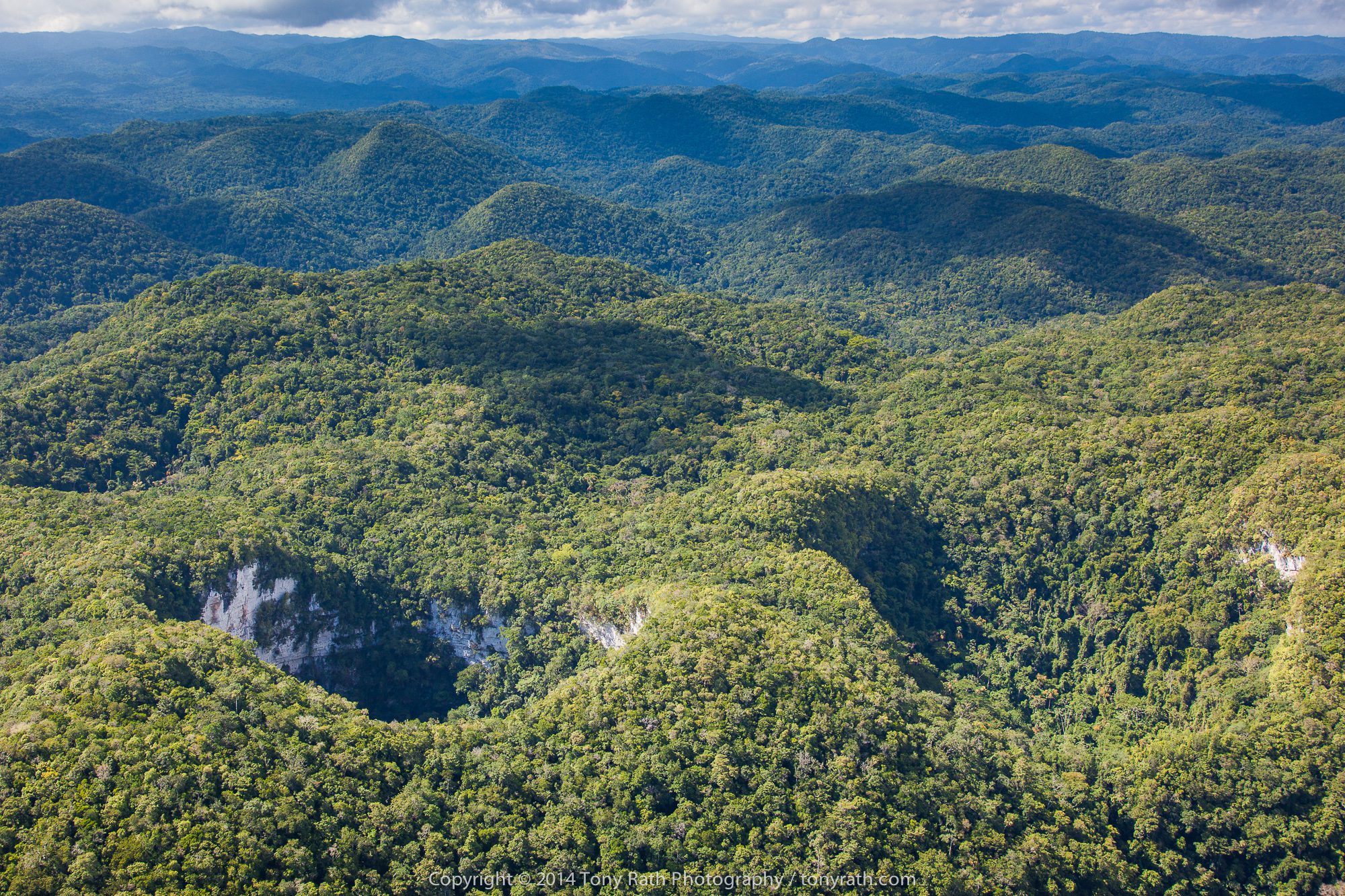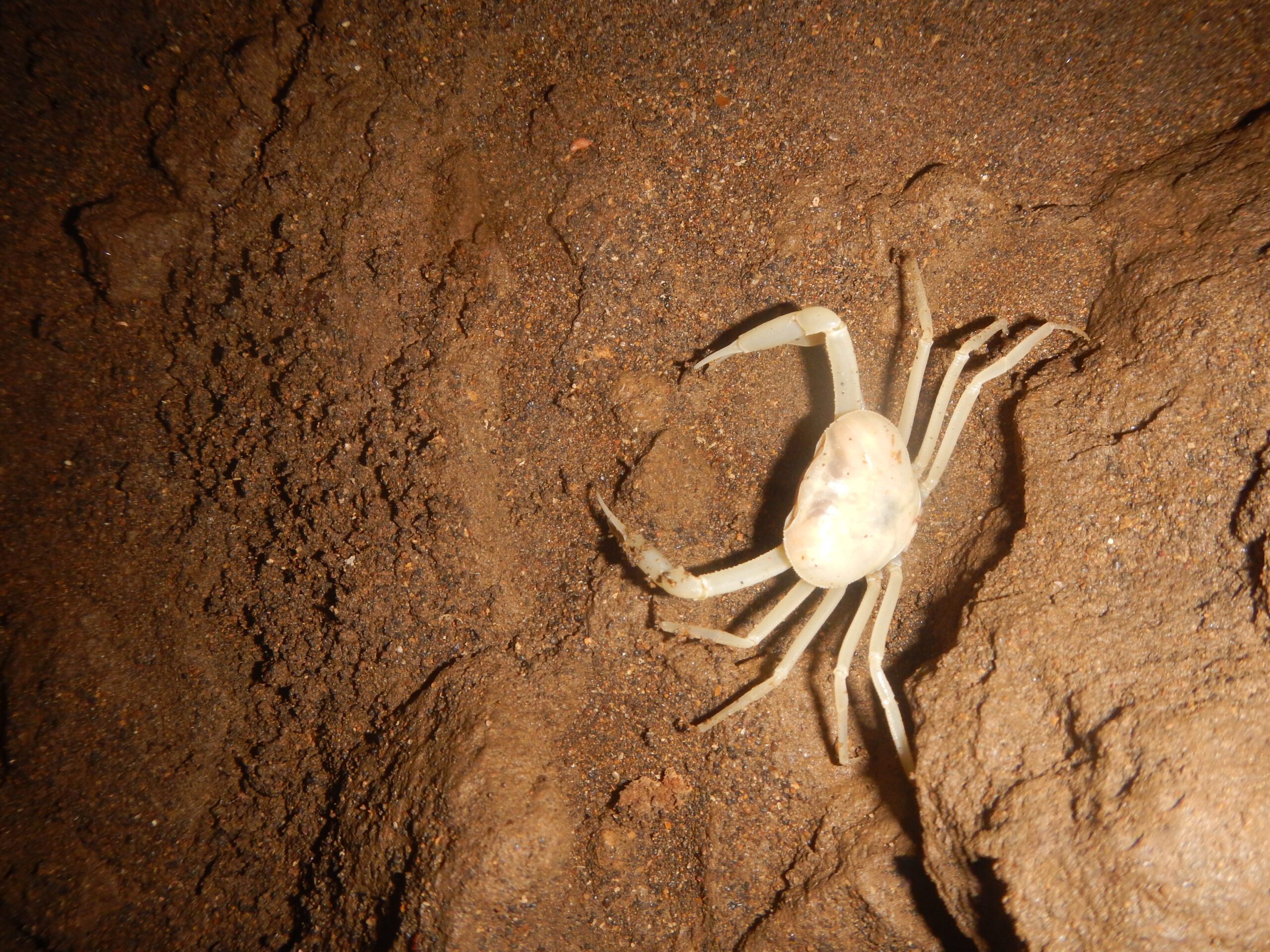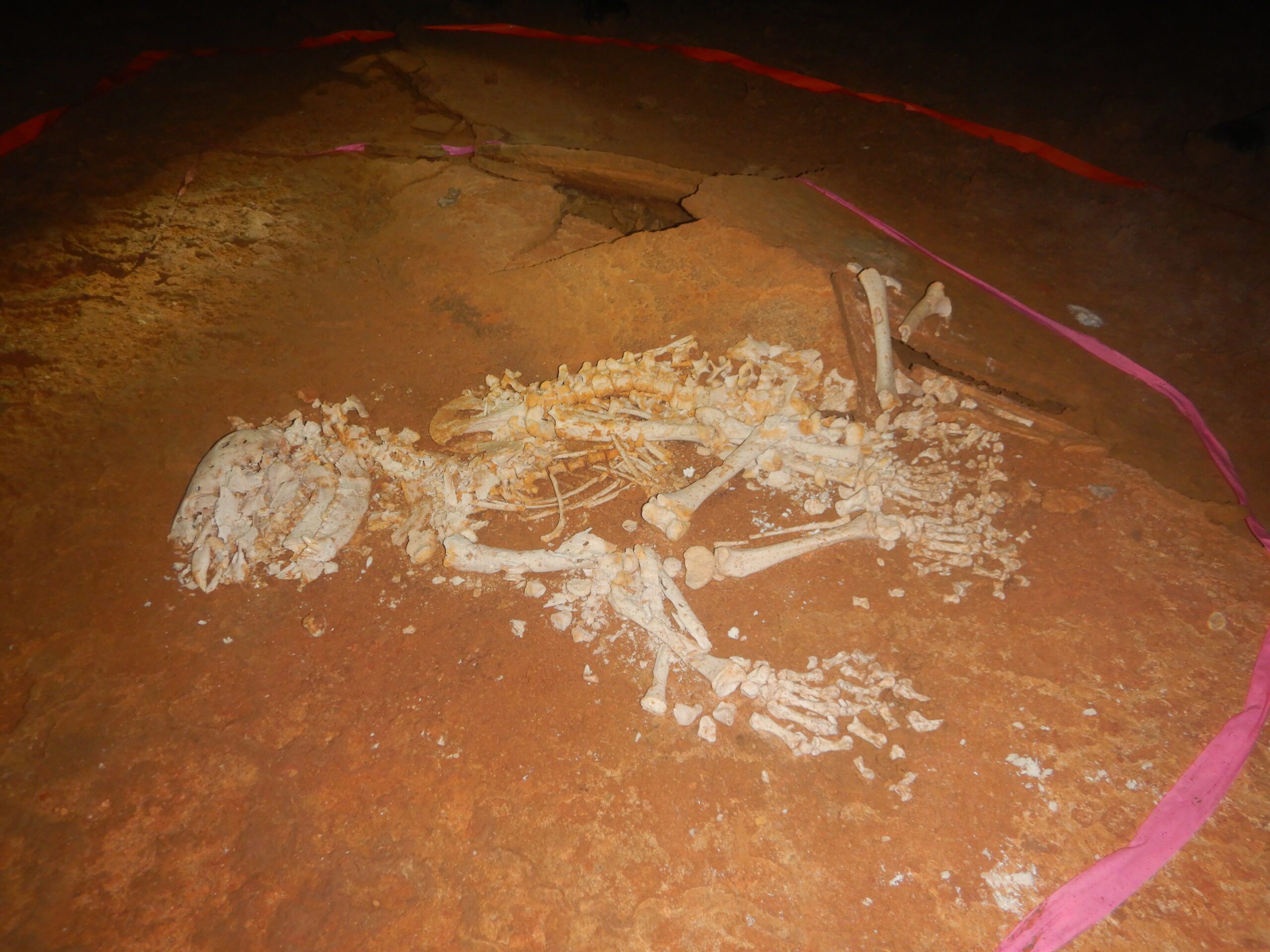Since 2015, Friends for Conservation and Development (FCD) instituted a three-person Karst Management Unit, as recommended by the Chiquibul Cave System Management Plan. The primary objective of the Karst Management Unit is to collect data on natural, cultural and anthropogenic impacts occurring in the Chiquibul Cave System by exploring, mapping, monitoring and inventorying . The area of concentration has been primarily within and along the Chiquibul Cave System. Features and variables documented, include the presence of Maya artefacts, skeletal remains, cave modifications, water availability and any site disturbance (looting or vandalism). All inventory data are recorded on cave site forms and a detailed description with GPS coordinates of the finding is outlined.
The Chiquibul Cave System (CCS) is located within the Chiquibul National Park. For management purposes it has its own management plan and falls under the Institute of Archaeology, as the regulatory agency. FCD and the Institute of Archaeology entered into a co-management agreement for on-site management of the CCS in 2008.
The Chiquibul Cave System began forming around 800,000 years ago. It was formed by the sinking of the Chiquibul River.
The CCS is known as the largest network of caves in Central America and is considered to harbor the largest cave room in the western hemisphere; measuring approximately 1,600 ft long by 600 wide.
It is the largest known network of a cave system in Central America with 65 km of passages mapped along with more than 60 sinkholes. It found within a broadleaf forest containing archaeological, geological and biological assets.
All species in a cave system are dependent of each other. At least 70 invertebrate species have been documented within the Chiquibul Cave System. Species of snails, spiders of the family Pholcidae with reduced eyes, eyeless isopods, shrimp and crab with reduced or no eyes, springtails, and insects have all been recorded. But more are anticipated to be discovered since research in faunal species has been limited.
Bats, catfish with eyes and pigment, snakes and rodents have also been recorded in the CCS. Only four or five species found deep in the caves show significant adaptation to the cave environment.
Thousands of bat skeletons have been found in the CCS representing at least eight different species. Within the CCS two great finds of Pre-historic fossils have been found.
Expeditions in 1989 discovered the remains of a juvenile Florida Cave Bear (Tremarctos Floridanus) dating back to the Glacial Pleistocene Era (2.5 million to 12, 000 years ago). Another great find was that of the extinct species of a large vampire bat (Desmodus draculae).









The Caracol Archeological Reserve is found within the Chiquibul Forest. The Maya temples observed demonstrate a highly advanced Mayan society in this landscape. FCD has documented vestiges of a rich cultural heritage cloaked under the green forest canopy across the Chiquibul-Maya Mountain landscape; however, more systematic recording and documentation will be necessary.
Chi-Hah Street, San Jose Succotz
Cayo District, Belize